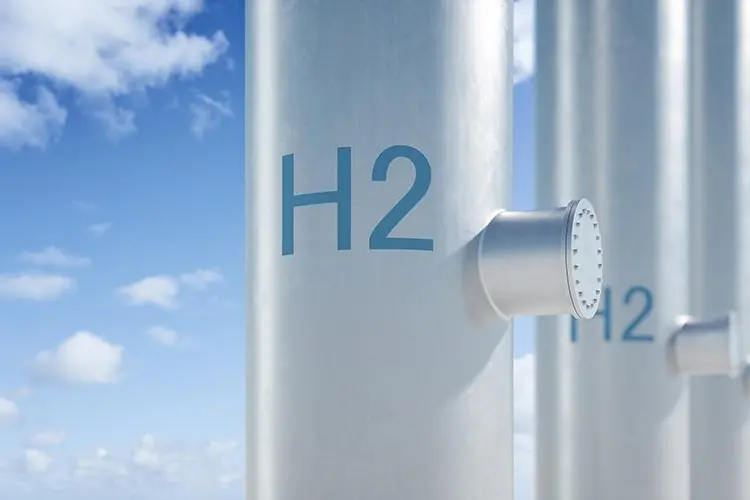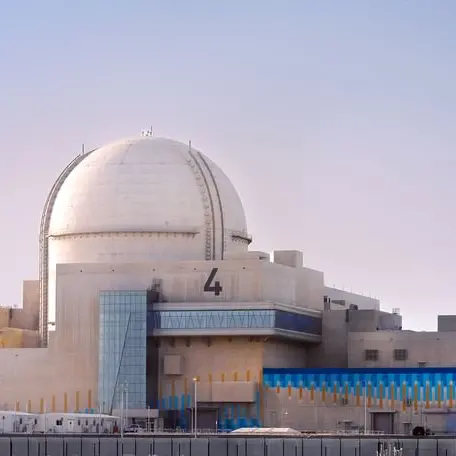PHOTO
Credit risks of project-financed green hydrogen assets are currently similar to those of thermal power for standalone assets, or potentially greater, according to a Fitch update.
The ratings agency said the green hydrogen market is in its infancy, and technology and process developments will be evaluated and incorporated in ratings as the industry matures.
Fitch said green hydrogen is likely to play an important role in the net zero transition, particularly in sectors where decarbonisation would otherwise prove challenging.
UAE-based Masdar is among those harnessing the technology, announcing on Thursday that it had plans to double its clean energy capacity in two years, and plans to produce one million tonnes of green hydrogen by 2030.
The Egyptian government’s Cabinet approved a draft law to promote green hydrogen and related projects in the kingdom this week, including tax incentives and a streamlined approval process.
“While precedents for project-financed transactions are very limited, we expect to rate an increasing number of transactions in this sector over the next few years,” Fitch said.
Fitch added that the International Renewable Energy Agency (IRENA), headquartered in Abu Dhabi, projected in its 2022 report that, in its 1.5C climate change scenario by 2050, up to 12% of final energy will be supplied through hydrogen and its derivative products.
“This would imply a very ambitious build-out of 350 gigawatts (GW) of electrolyser capacity by 2030 - compared to the roughly 0.5GW installed as of 2021,” the agency said.
What is green hydrogen?
Green hydrogen is produced by splitting oxygen from hydrogen in water using renewable energy methods.
It can be used for manufacturing ammonia and fertilisers, and also to make certain steel industry processes less aggressive to the environment.
Credit risks
Fitch said standalone green hydrogen projects using proven technology will have credit risks similar to those of thermal power assets, in terms of operation risk, supply risk and revenue risk, adding: “Key operating metrics will determine the success of the project and therefore whether generated cash flows are sufficient to service the debt. These will include how efficiently, and at which rate, hydrogen is produced, the plant’s availability, the ability to respond to intermittent power, and the hydrogen purity levels, where this is critical.”
(Writing by Imogen Lillywhite; editing by Brinda Darasha)
(Imogen.Lillywhite@lseg.com)





















